11 Odd Things People From Small Towns Instantly Notice When They Visit A Big City
There are unsuspecting differences between urban cities and suburbia.
 eldar nurkovic | Shutterstock
eldar nurkovic | Shutterstock In a lot of ways, finding a community or city you enjoy living in is a dilemma of personal taste and choice. Of course, there are plenty of people who are living in cities they don't enjoy because of financial constraints or other socioeconomic issues, but for the most part, people choose either suburbia or urban life because of the things they value — community, professional opportunity, and even comfort.
Many of the odd things people from small towns instantly notice when they visit a big city are the same experiences and things they don't get at home. Their suburbs aren't built to support the same kind of noise, chaos, and community that big cities are, in the same way big cities often struggle to build intimate connections.
Here are 11 odd things people from small towns instantly notice when they visit a big city
1. The noise
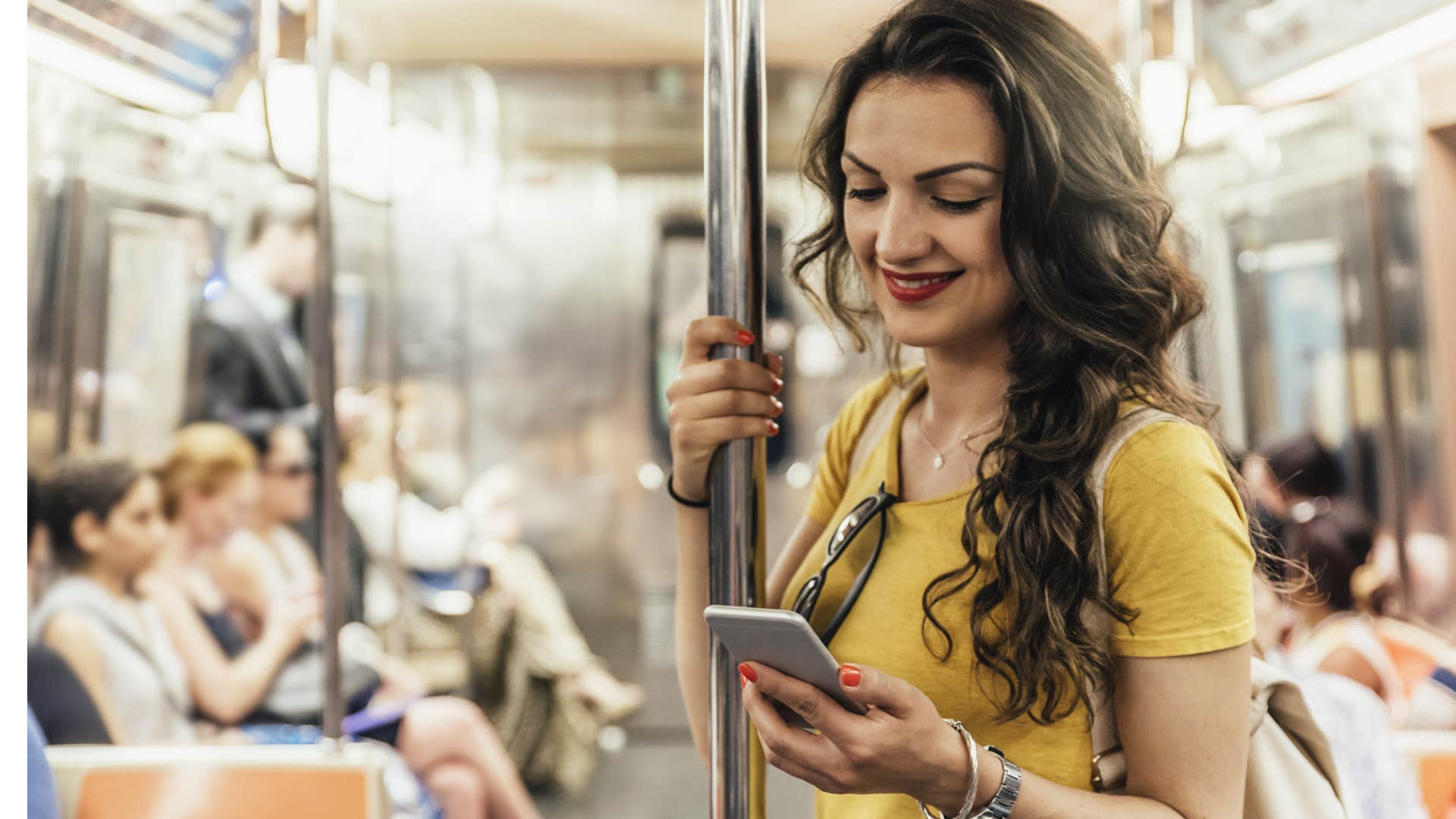 santypan | Shutterstock
santypan | Shutterstock
One of the odd things people from small towns instantly notice when they visit a big city is the noise. The city is always bustling — no matter what time or night or day it is, you're going to hear cars, shouting, people on the street, or some kind of clatter.
According to a study from Noise & Health, most tourists aren't incredibly disturbed by the noise in big cities, oftentimes because they're on vacation or enjoying leisure time during their stay.
For people who are working or engaging in daily responsibilities, the noise can be much more abrasive — disrupting sleep patterns, sparking anxiety, and pushing people toward irritability.
2. Everyone being in a rush
 insta_photos | Shutterstock
insta_photos | Shutterstock
The "small town hospitality" that prompts strangers into conversations and passing smiles on the street just isn't as prevalent in big cities — or, at least, tourists don't believe so. Despite studies that argue that people in cities and small towns are equally as likely to help out strangers on the street, stopping for the sake of conversation or an interaction with a stranger for "fun" is much less common.
Even if they're not actually late, everyone's running around like they're in a rush in big cities, blocking off any opportunity for connection with a stranger, even if it's just for a split second.
Whether they have headphones on, are taking a call from their phones, or simply keeping their head down to avoid being distracted, it's less common for city dwellers to interact with strangers, especially compared to people from small towns that may know everyone and be used to chatting.
3. Paying for parking
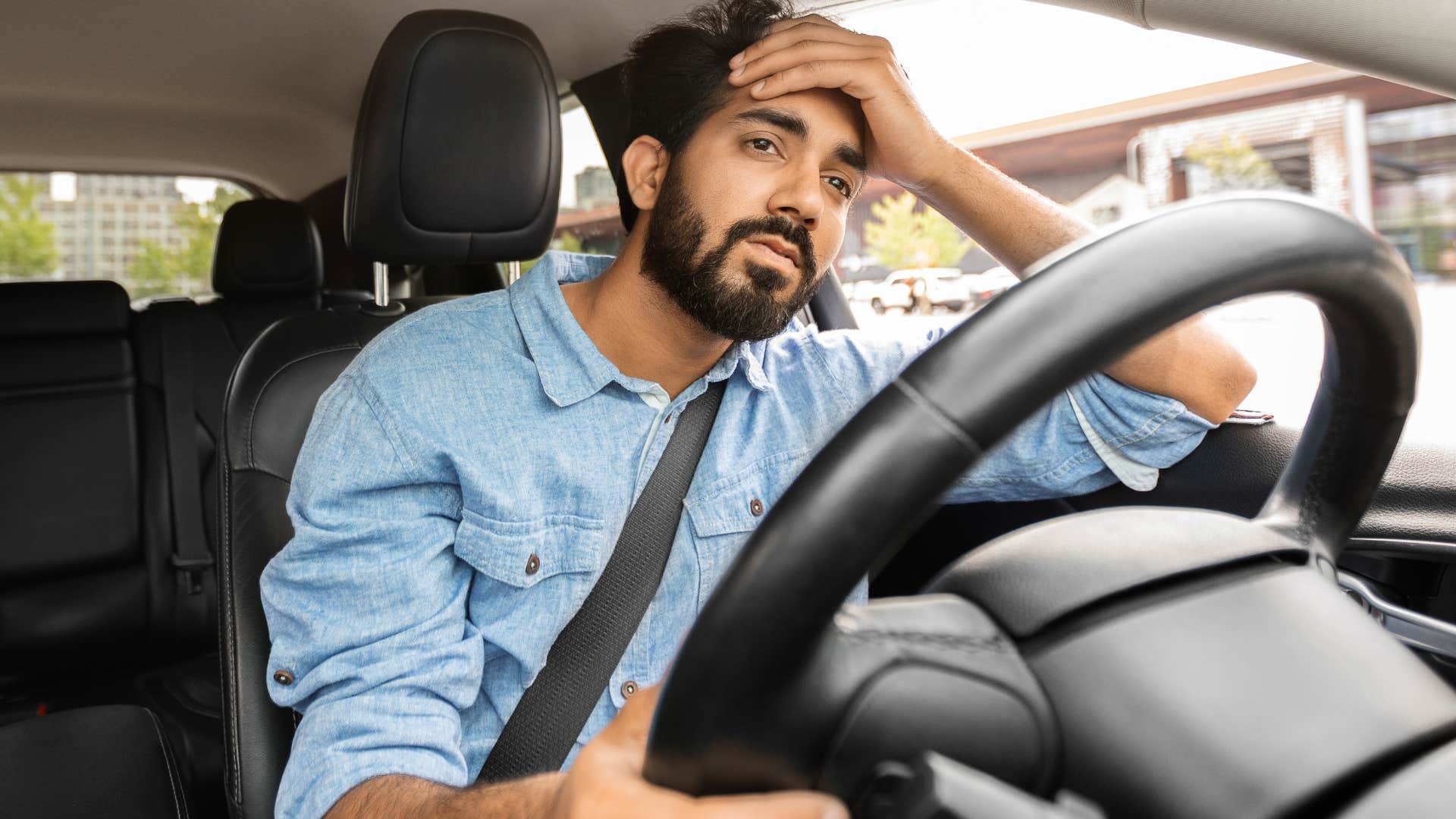 Prostock-studio | Shutterstock
Prostock-studio | Shutterstock
With a high demand for resources and not a lot of space to go around, it's not uncommon for parking in big cities to always be crowded and expensive. Whether it's the grocery store or a concert venue, you'll almost certainly have to pay a hefty fee to leave your vehicle behind, which is part of the reason many residents opt to completely get rid of their cars.
Especially considering more than 88% of American drivers avoid parking situations where they have to pay, according to a survey from ParkMobile, it's not surprising that the lack of free options in big cities is alarming to tourists from small towns.
4. No public restrooms
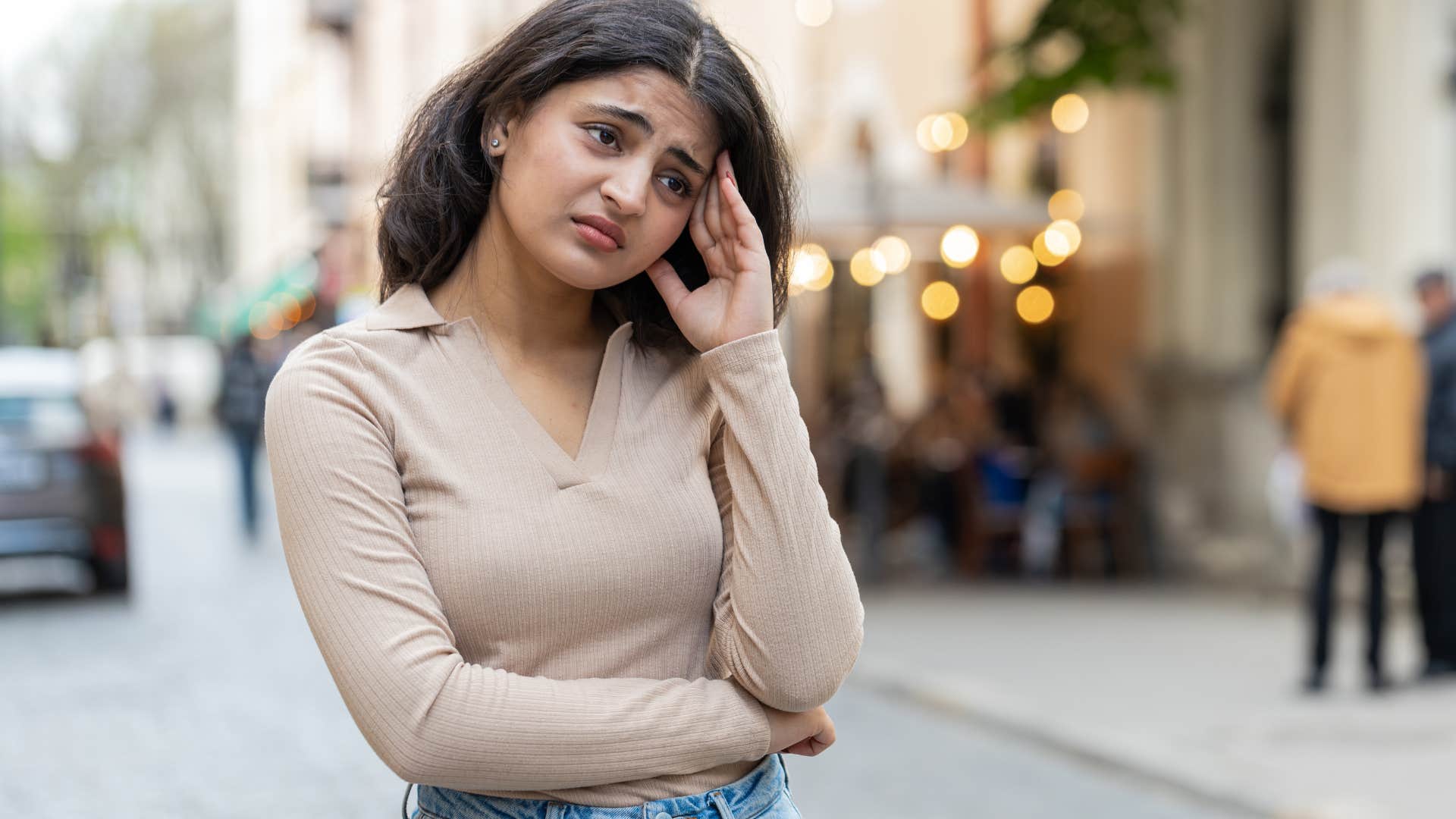 Andrii Iemelianenko | Shutterstock
Andrii Iemelianenko | Shutterstock
For people from small towns, who could easily stop at a gas station or grocery store to use their restroom, not having access to public toilets in big cities feels incredibly disorienting. Not only does it take more planning than you'd imagine, it occasionally takes more money, as public restrooms in places like New York City are typically only available for customers or people spending money.
Of course, this issue isn't just one of the odd things people from small towns instantly notice when they visit a big city, it's also a topic of discussion and contention amongst natives as well. Bathrooms and restrooms truly should never be restricted by class or only accessible to people with the money to pay for something.
5. Housing costs
 Prostock-studio | Shutterstock
Prostock-studio | Shutterstock
If they're staying in an Airbnb or a hotel, people from small towns may never grasp the issue of housing costs or rising rent, but if they're staying in a friend's studio apartment in the city, chances are they'll be grossly confused after learning how much they pay.
According to a 2025 study, the median asking rent price in New York City was over $3,300 monthly. Even for one-bedroom apartments and studios — that people from small towns may not even pay more than $1K for a month — their rents are rising, sometimes close to $4,000 for one person.
Even though their apartments are less than half the size of a person's living space in a suburban town, the rent is more than double — a reflection of inflation, rising costs, and a demand for resources in big cities.
6. Homelessness
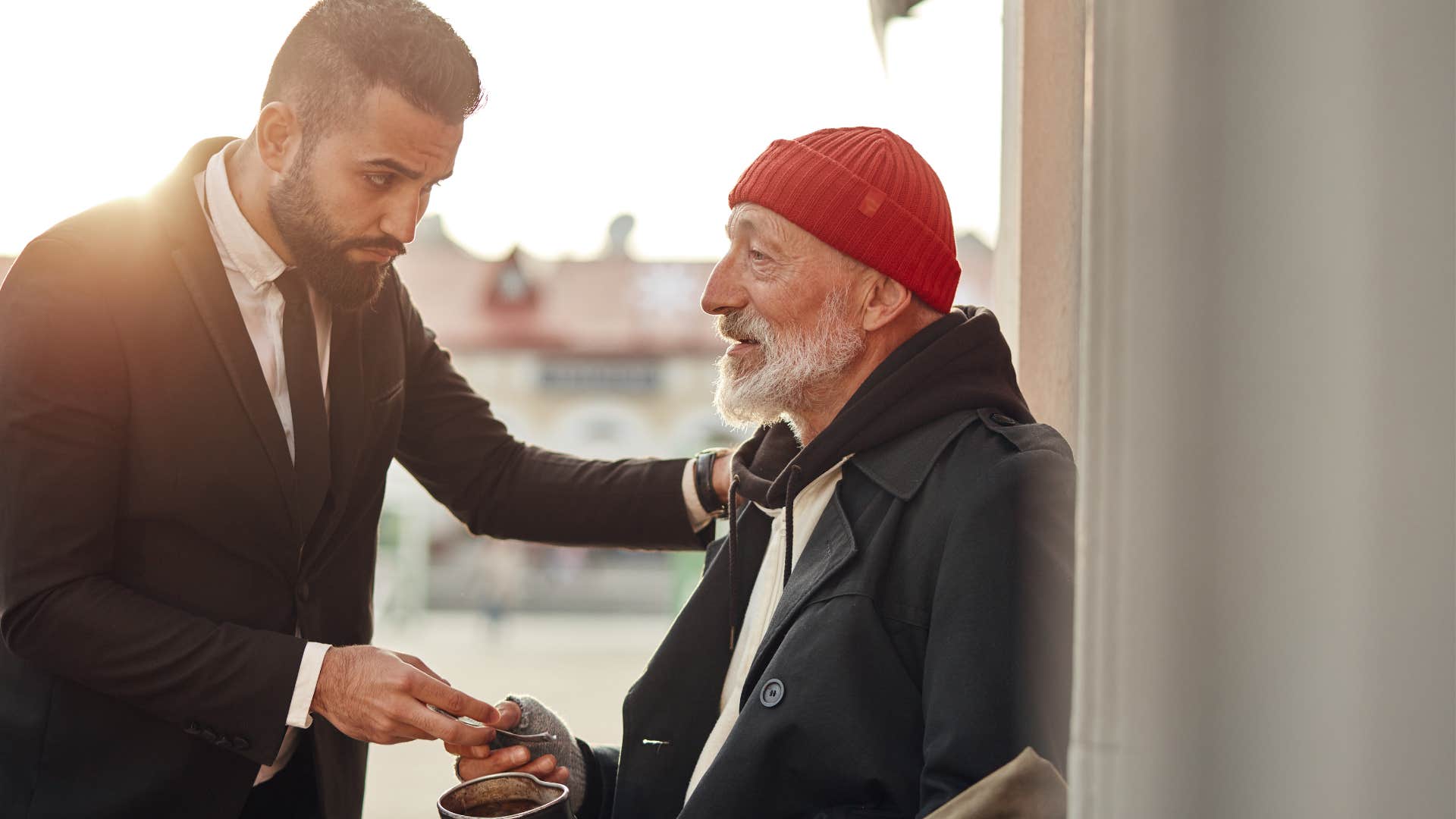 Shakirov Albert | Shutterstock
Shakirov Albert | Shutterstock
Especially in places where housing accessibility and affordability are worsening, homelessness has become a widespread issue, with lacking resources and support to help people get off the streets. For people living in suburbia, where homelessness is less visual — most households are shielded from confronting their town's economic struggles — it's one of the things they may notice instantly in a big city.
Of course, without real change and action, homelessness only continues to grow as cities do. Especially as rent prices continue to soar and more people continue moving to these high traffic urban areas, the number of people experiencing homelessness will rise, even at the expense of tourist comfortability.
7. The diversity
 Dragana Gordic | Shutterstock
Dragana Gordic | Shutterstock
From different individual ethnicities, to spoken language, communities, and even self-expression with clothing and personal styles, big cities tend to be hubs for diversity. Many big cities are continuing to increase in diversity across the spectrum, but for people who have grown up in small towns around the same handful of people, experiencing it can be disorienting.
It's often one of the odd things people from small towns instantly notice when they visit a big city, especially if they've been injected with harmful stereotypes about diversity or grown up in an echo chamber.
8. Everything being expensive
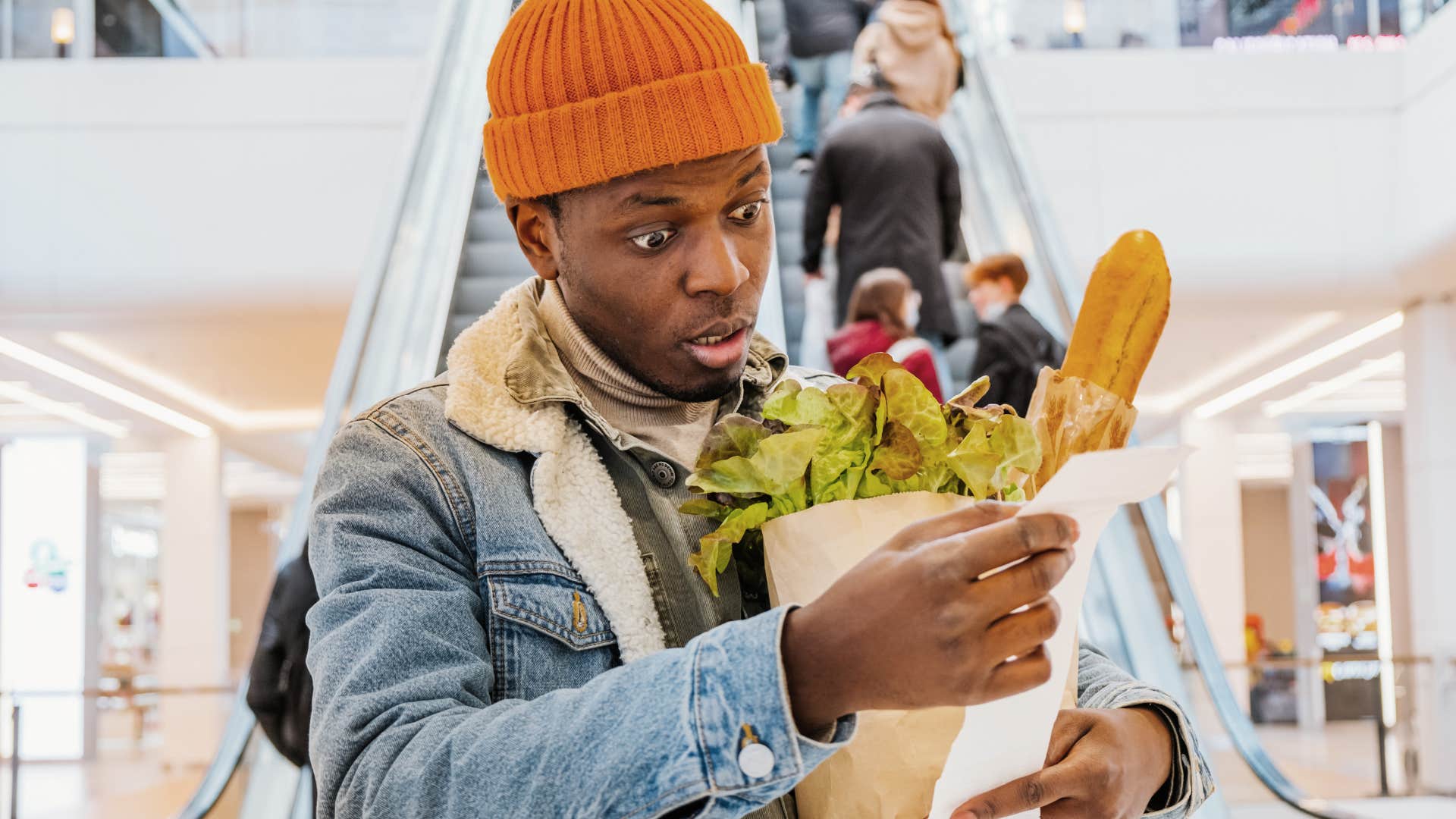 ShishkinStudio | Shutterstock
ShishkinStudio | Shutterstock
With less real estate and land to go around, especially in highly populated areas, it's not surprising that everyday expenses and purchases cost more in big cities, as there's a higher demand for resources. It's likely one of the first odd things people from small towns instantly notice when they visit a big city, paying $10 for a bottle of water or being forced to buy something to use a public restroom.
Compared to small towns, where people can survive off a much lower income, cities like New York City or San Francisco are much more expensive — from large investments like buying a home or renting an apartment to more subtle expenses like buying groceries.
9. Pedestrians
 Big Shot Theory | Shutterstock
Big Shot Theory | Shutterstock
From road rage incidents between taxis, and pedestrians and sheer confidence walking a crosswalk without looking both ways first, the way people navigate and move around is one of the odd things people from small towns instantly notice when they visit a big city.
Public transportation and a walkable city can be uncomfortable for people from small towns. They've not only been conditioned into driving and taking their car everywhere, they probably don't understand the unwritten rules of the road for drivers and pedestrians in big cities.
Even though it can seem overwhelming and unfamiliar to people from small towns, the connectedness of cities and "pedestrian power" of community on the streets is part of what drives people to big cities. They appreciate the inherent community of being around strangers, walking to work, or commuting alongside thousands of other people.
10. The smells
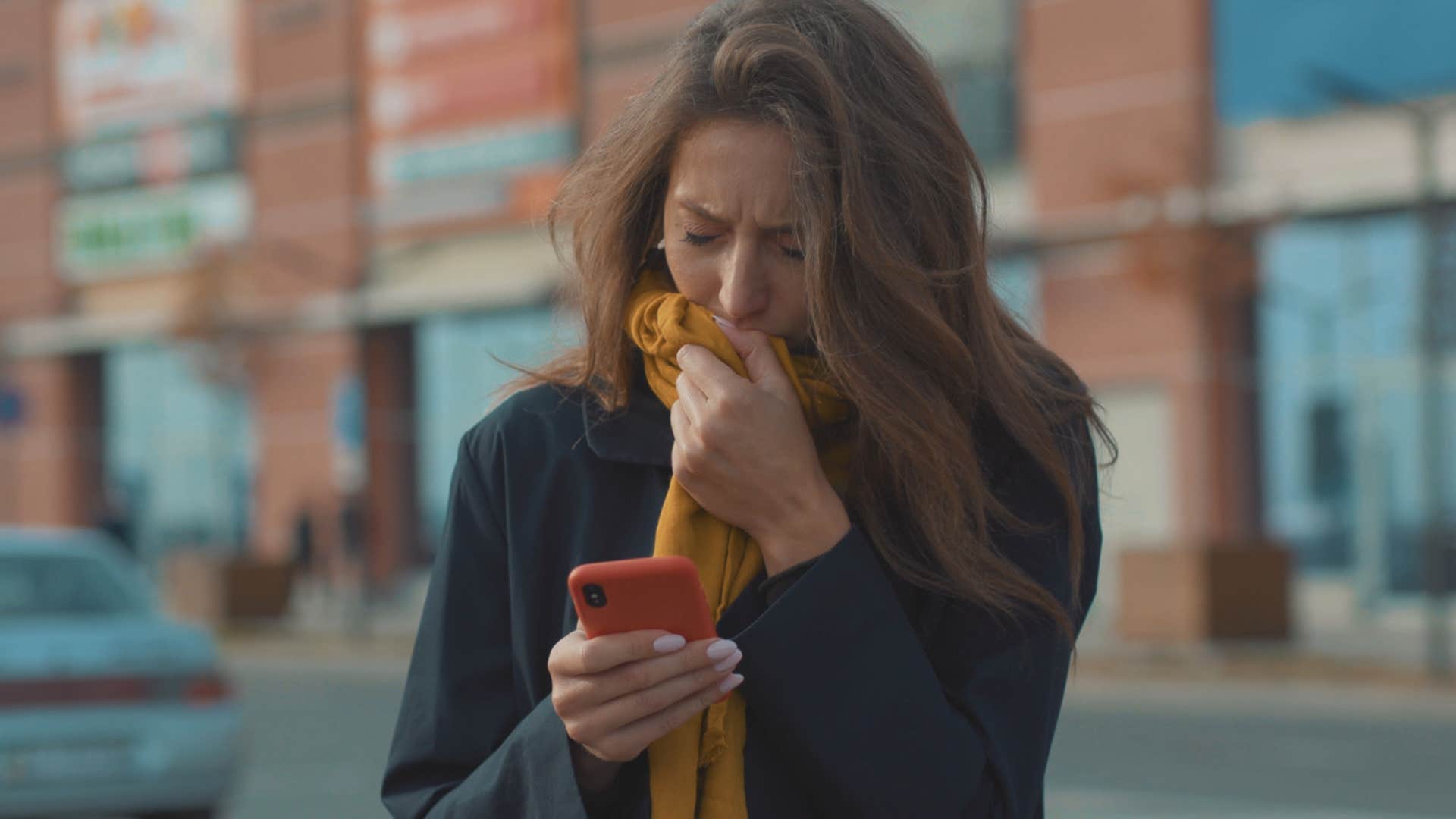 Nazarii Ortynskyi | Shutterstock
Nazarii Ortynskyi | Shutterstock
For many people, the presence of bad smells in a city can spark emotional responses, which is why they've become such a large topic of conversation, both for big city natives and their tourist counterparts. Of course, the urban planning that goes into mitigating these smells can't completely remove the unpleasant odors you smell on the streets of New York City, but their research does show that many people associate these smells with their place in a city.
For example, the changing smells of the seasons in a big city are likely much different from those of a small town, sparking profound emotions in residents as they notice these changes. However, for others, it's one of the odd things people from small towns instantly notice when they visit a big city — for better or worse.
11. People not having a driver's license
 Drazen Zigic | Shutterstock
Drazen Zigic | Shutterstock
According to a study from the University of Michigan Transportation Research Center, in 6 of the nation's 30 biggest cities, more than 30% of people don't have a vehicle. In fact, the research even suggests that the number of people without driver's licenses in these cities is on the rise with access to public transportation and walkability.
For people from small towns, the idea of not having a license is confusing — how could you possibly get to where you need to go? But, in big cities, that are hubs for personal entertainment, community, and professional opportunities, it's often easy to get where you need to go simply by walking or utilizing public transportation like the bus or the subway.
Zayda Slabbekoorn is a staff writer with a bachelor’s degree in social relations & policy and gender studies who focuses on psychology, relationships, self-help, and human interest stories.

